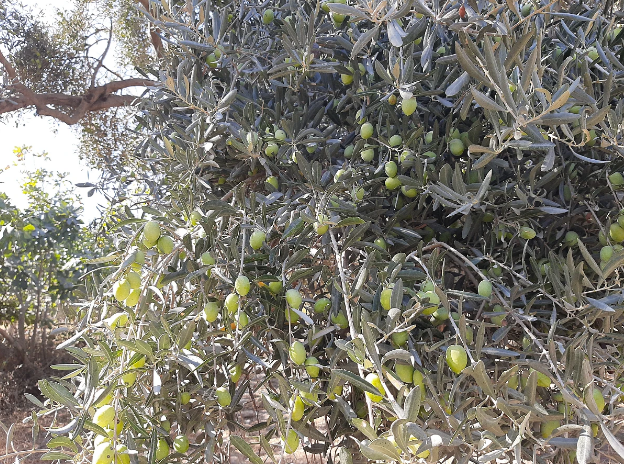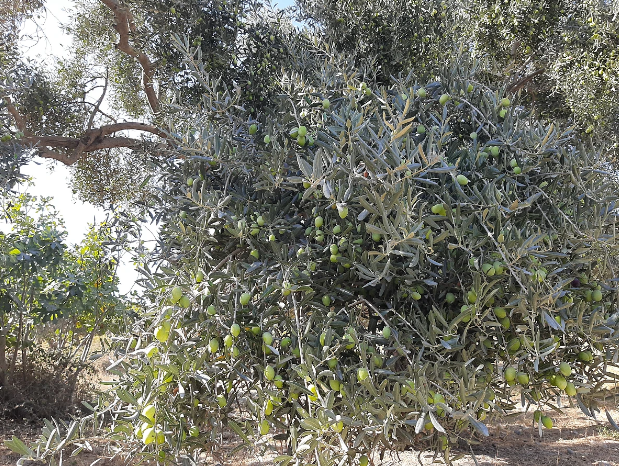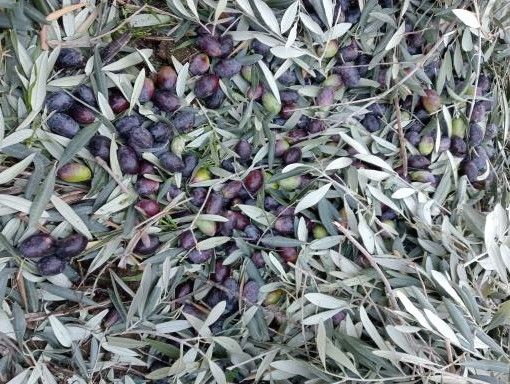Years ago, when I was in the village, we had a trap for birds. At the end of a one-meter-long stick, which we cut mostly from chaste, we would wrap a rope or the hair we took from the tail of horses and tie it securely. We would insert the other end of the stick into the ground and fix it. We would stretch the part where the rope was attached towards the ground and prepare the device we called the trigger and open the end of the rope into a ring. We would place an olive in the middle of the ring and make bait for the birds. To prevent the bird from approaching from the back and sides, we would make a protective cage from small sticks, leaving only the side with the ring open for the bird.

Thus, when the bird approached the trap for olives, it would first pass its head through the ring, and as soon as it hit the olive with its beak, it would be caught by its neck by the rapidly stretching rod as a result of the trigger being fired and would lose its freedom to fly. The rod and the length of the rope to which it was tied by the neck would become its new habitat.
The loss of freedom and limited living space would not last long. Since the traps were checked daily, he had a chance to live from the moment he was caught until the next trap check. In some cases, the stick and the rope would become his death sentence and he would die by suffocation because he struggled too much to get free. To prevent this from happening, the rope was kept long, but sometimes strangulation was still inevitable. Perhaps he was making his own choice after losing the freedom to fly.
Although not very often, larger birds like partridges would get caught in the trap and after the rope around its neck, it would pull the stick out of the soil with its flutter and start flying again. When you went to check the trap, all that was left of the bird and the trap were traces in the soil eroded by the flapping. How long it would fly with a 1 meter stick and rope around its neck and how long it would continue its free life is unknown!
And just as rarely, the bird caught in the trap becomes the meal of another predator. The traces of the laborless meal stand out as bloody crime scenes, sometimes with the bird's head still attached to the rope.

What I don't understand, and will never understand, is why, when there are thousands of olives on the tree, the olives in a simple setup that is known to be a trap are more attractive. Because if you set 50 of these traps, it was possible to get 100% yield, not counting the ones that were removed or eaten by other predators.
When there is a mountain of thousands of olive trees and thousands of olive grains on each tree, what kind of instinct is it to hang on to a ridiculous setup? Moreover, when it is intuitively known that the ground is extremely unsafe for those who fly and flying is extremely unsafe for those on the ground. It seems as absurd as a fish trying to hunt out of the water.

Not all creatures have such traps set for them, but there are still fine-tunings that keep the balance in nature. It is better to be conscious before losing one's freedom than to struggle after losing it. We know that the struggle after the loss, just like in the serpen (trap), either reduces the life span or the struggle attracts the attention of other predators and the life span ends at that moment.
Olives clustered together in their natural environment are no more dangerous than a single olive separated from them. The single olive is there for a reason, and that reason may often involve danger. To go after the single one is to serve the purpose of the trap setter. To flutter after being caught in the trap is to invite other predators.

To dismantle the trap and walk away carrying it around your neck is to give yourself plenty of time to think. As long as that stick hangs around your neck by a string, you will remember your stupidity and laugh and cry at yourself.
If you appreciate freedom only when you lose it, instead of enjoying it in proportion to the opportunities you have, then you don't understand the difference between eating an olive from the tree where it grows among thousands of grains, and eating it from a single olive in the middle of an arrangement on the ground.
In one case you actually eat the olive, in the other the olive eats you! Every trap has an owner and a victim. The transition between owner and victim is as simple as the transition from life to death.
:::Discord :::Whatsapp:::Twitter :::
Congratulations!
You have recieved a coconutty upvote! 🥥
Thank you for contributing to the Blurt Blockchain!
Keep up the great work!
Curated by @outofthematrix!
Please take a moment to vote for my witness! 🗳️ https://blurtwallet.com/~witnesses?highlight=outofthematrix